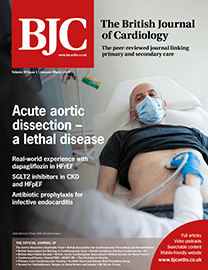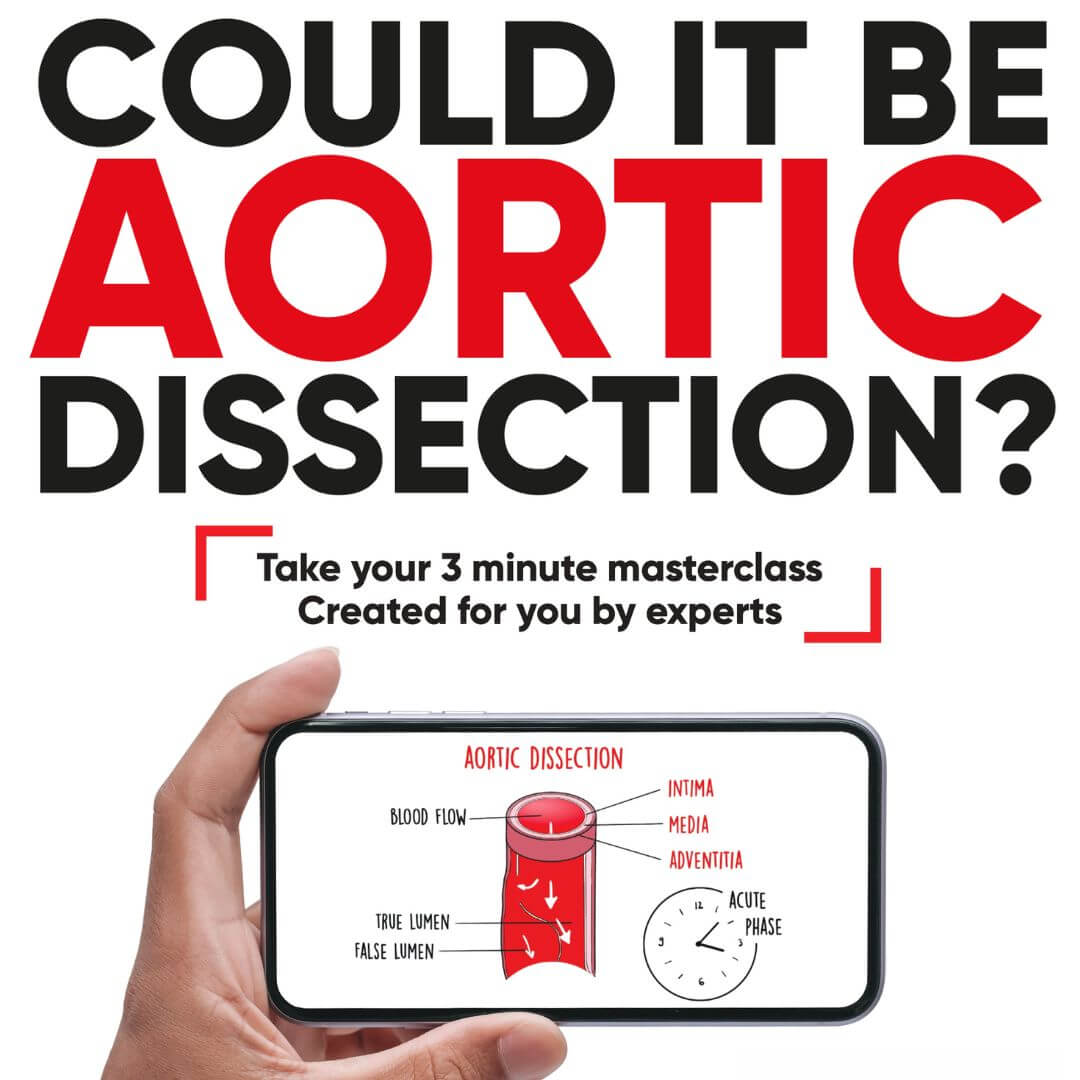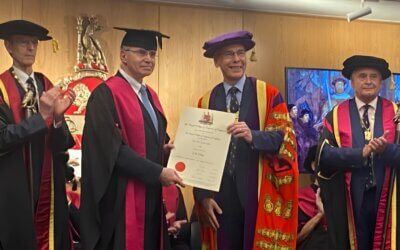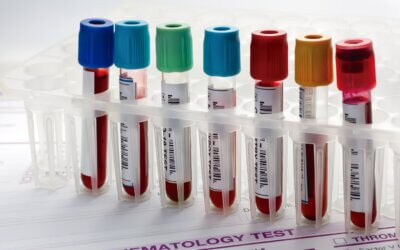Thoracic aortic aneurysms are often asymptomatic until they develop into life-threatening conditions. The challenges associated with early detection are diverse, and a recent paper by the Liverpool Heart and Chest Hospital and UK Aortic Society investigated the current screening approaches, their limitations, and possible future directions.
What Makes an Aorta Vulnerable?
The vulnerability of an aorta is primarily determined by its size and the underlying conditions that may predispose an individual to aortic complications. While technologies like Computed Tomography (CT) and Magnetic Resonance Imaging (MRI) have proved effective in diagnosing this condition, their widespread use for screening the general population is not feasible. The limitations include excessive costs, radiation exposure, and lack of current NHS resources.
A Pragmatic Screening Approach
Given the constraints, targeted screening appears to be the most practical strategy. This method focuses on high-risk groups, which could include:
- Older adults
- Smokers
- Individuals with a family history of cardiovascular diseases
This targeted approach is supported by guidelines from the American Heart Association, which recommends screening for first-degree relatives of patients with thoracic aneurysms or dissections. Specialised clinics, like those in Liverpool, are already implementing these strategies.
But Screening is Not Without Its Flaws
Can We Use Existing Programs for Screening?
Some lung cancer screening programs already use low-dose CT scans. There is a potential to adapt these programs for dual-purpose screening that includes checking for thoracic aortic aneurysms. However, this would primarily benefit a specific demographic, mainly older smokers, leaving many others undiagnosed.
The Promise of Genetic Screening
Recent studies suggest that mRNA signatures in blood could serve as reliable biomarkers for detecting thoracic aortic aneurysms. This could revolutionise the screening process, making it less invasive and more accessible. However, this is still an area of active research and requires further validation.
Any screening approach must consider its equity implications. Certain demographics might be underrepresented or ignored in the existing high-risk categories, leading to unequal access to necessary healthcare.
Conclusion
While targeted screening provides a practical solution for early detection of thoracic aortic aneurysms, it’s far from perfect. The approach has limitations in terms of scope, resource allocation, and fairness. New methods, such as genetic biomarkers, offer a glimmer of hope but are yet to be universally accepted.
Therefore, until a comprehensive national approach to screening is developed, healthcare professionals must maintain a high level of vigilance, especially when patients present with chest pain. The silent nature of thoracic aortic aneurysms makes early diagnosis crucial, and the medical community must collectively strive to refine existing methods and explore new avenues for screening.

In this compelling paper, as part of the British Journal of Cardiology AD special series, Riccardo Proietti, Senior Clinical Lecturer, Mark Field, Professor and Cardiac Surgeon, Victoria McKay, Consultant in Cardiovascular Clinical Genetics, Gregory Y H Lip, Professor at Liverpool Centre for Cardiovascular Science, and Manoj Kuduvalli, Cardiac Surgeon at Liverpool Heart & Chest Hospital, collectively bring their expertise to bear on the complex issue of screening for thoracic aortic aneurysms. They underscore the necessity for a multi-disciplinary approach to tackle this pressing health issue effectively, emphasising targeted screening as a pragmatic solution.




